INTRODUCTION
Production and consumption of energy are subjects that are present in many of the current discussions on environmental, geopolitical and economic issues. The rising need for energy efficiency has its foundation not only in desired positive environmental impacts, but also regarding countries sovereignty and economical feasibility. In this scenario, cities are usually fulcrums of energy consumption, but, at the same time, the places where energy accessibility is taken for granted, which provokes a purely economic relation with the topic. The current understanding of the energy sector sees citizens as consumers of a commodity: energy. In order to set new possible relations between the citizens and the energy sector, it is crucial to start monitoring and rewarding citizens’ energy-related behavior. Thus, this project proposes an application of the blockchain technology to achieve the goal of raising awareness of citizen’s energy performance and potentially using it as the economic value of state granted rewards.
CONTEXT
Taking the city of Barcelona as an example, and, more specifically, the neighborhood of Sant Antoni, this project proposes granting businesses the possibility to use public space in their favor as a reward for their increase of energy efficiency and productivity. Sant Antoni neighborhood is part of the barcelonian superblock strategy that promotes an increase in public space availability. This expansion generates the possibility of occupation of the public space by the stakeholders of the neighborhood.
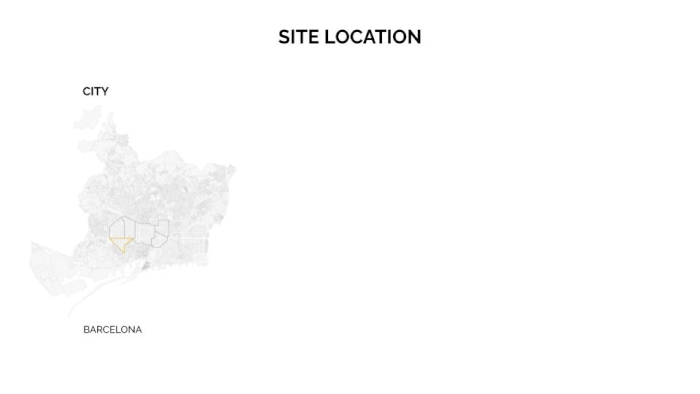
ANALYSIS
The first step was to understand the current situation in terms of the energy consumption of the neighborhood, the potential users interested in occupying the public space and entities that could monitor and grant benefits to the users.
Consumption monitoring
Currently, in the spanish scenario, the utility companies are the entity that is responsible for calculating and charging the citizens for their energy consumption. In the monthly energy bills it is possible to monitor the usage of electricity in kilowatt hours and consumers are charged accordingly.
Consumption
The energy consumption of Sant Antoni is the least efficient when comparing it to other neighborhoods of the Eixample district. Based on the calculations of energy certificates, Sant Antoni has the most energy consumed per square meter in its district.
Potential Users
Sant Antoni neighborhood has more than 2200 registered businesses within its boundaries. In order to understand the potentialities of public space usage, these commercial activities were categorized into 4 classes: Foods and beverages, retail, services and offices. Retail is the category that is present the most in Sant Antoni, followed by offices and services.
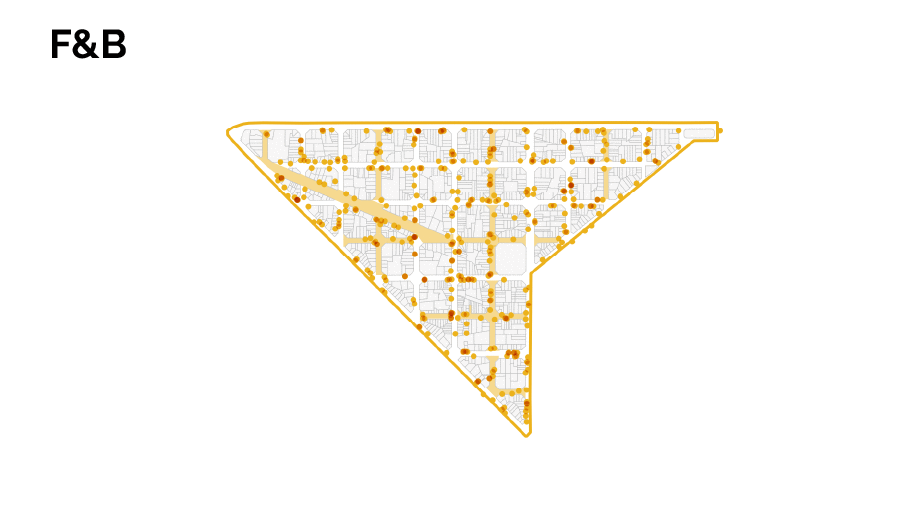
Public space management
Currently, businesses that use public spaces, such as sidewalks, squares or courtyards, have to pay a certain amount of money to the municipality per hour of usage of these. This amount can vary depending on the type of business, the type of activity to be performed on the public space and also the area that would be used.
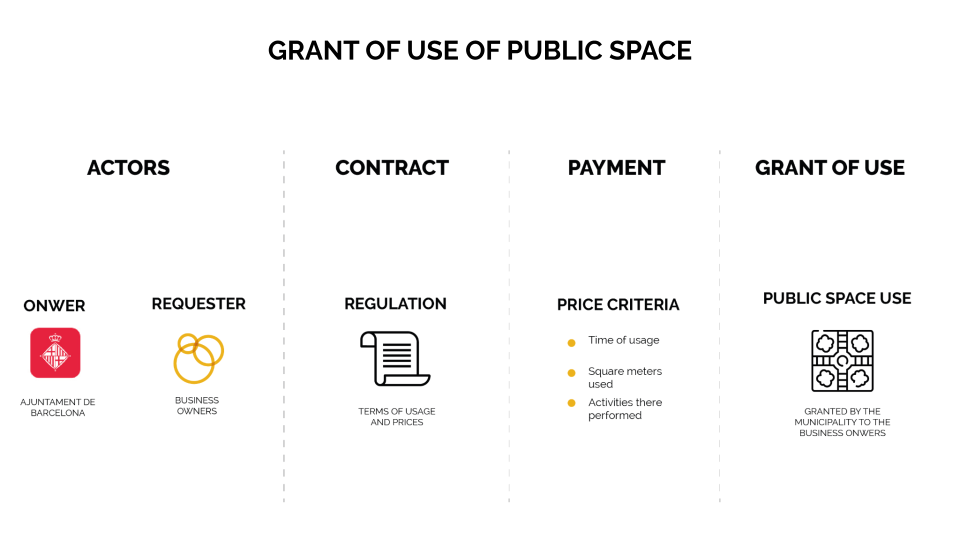
Stakeholders
The analysis so far led to the identification of the stakeholders and participants of the project. Thus, the proposed blockchain structure is set in a way to create direct certified transactions between them.
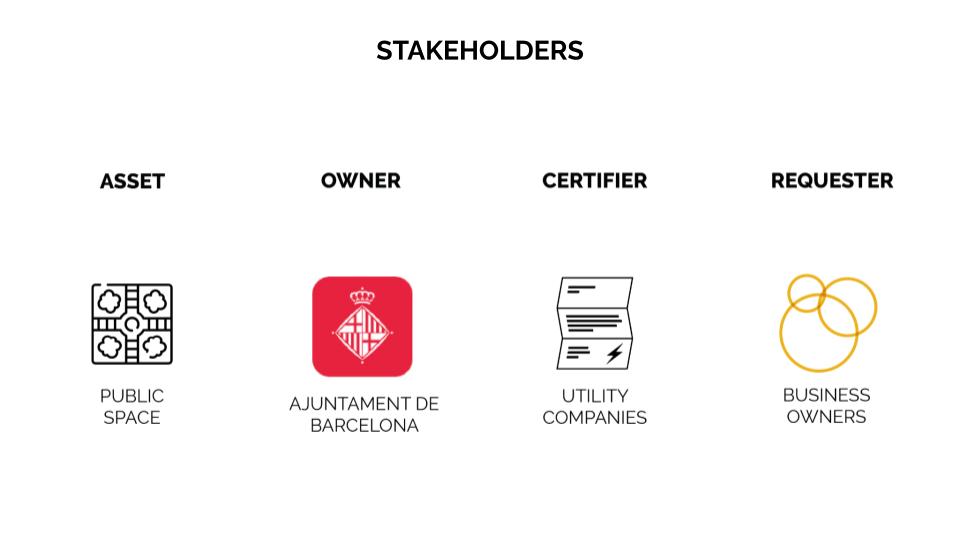
STRUCTURE
The blockchain structure can be divided into two main transactions that generate two different asset tokens: certification and trade.
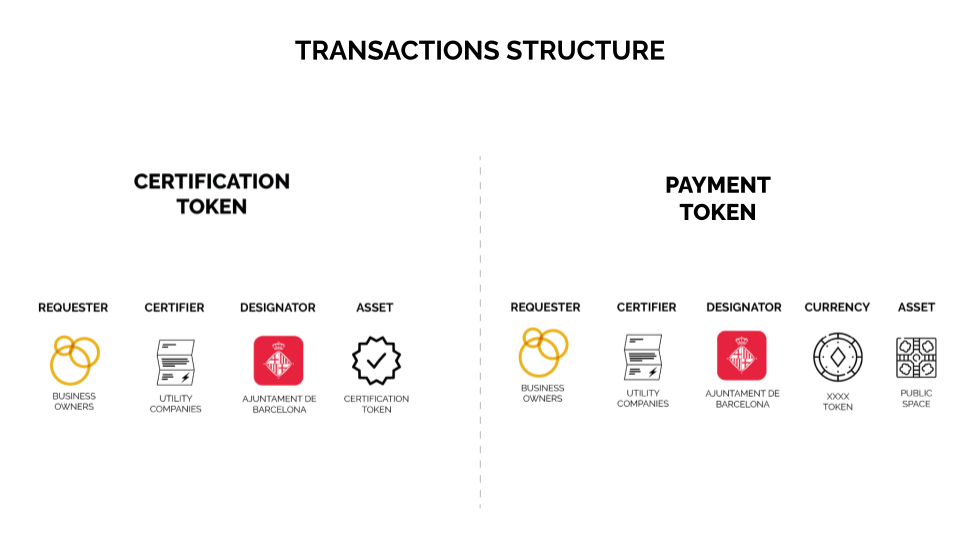
The certification token is requested by the business owners to the municipality through a safe transaction witnessed by the utility companies. With this token, the business can have access to the platform that will reward them with hours of usage of the public space. The utility company in this case has the role of certifying the current usage of electricity of these businesses, playing, thus, the witness part of the transaction.
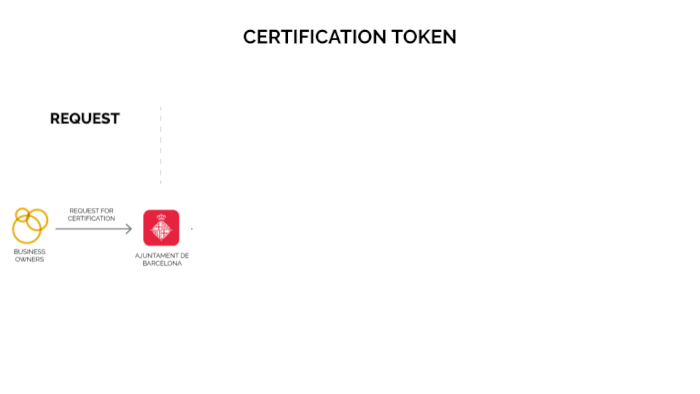
Once the business is certified to participate on the reward platform the second asset token can be acquired. The acquisition of token is related to the increase of energy efficiency of a certain business, that can be reached with a set of strategies that will be described further on. The second asset token, the payment token, follows the same structure of safe transactions between the businesses, municipality and utility companies but with a different output. The businesses request to the municipality the tokens for their increase in energy efficiency and, once more, the utility company is responsible for certifying that that was an effective reduction on energy consumption by the businesses. These tokens, then, can be traded with the municipality for renting hours of usage of public space available in Sant Antoni.
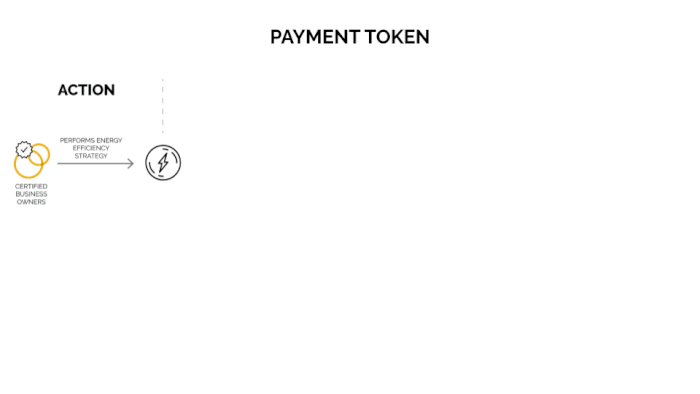
The specific strategies each category of business can undertake to improve thor energy efficiency are illustrated in the diagram below:
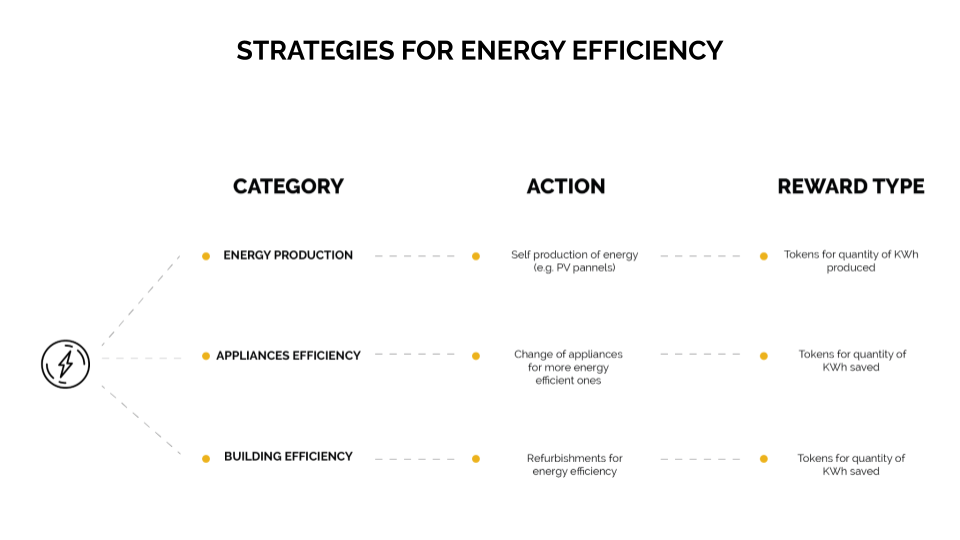
The price of the rental is set by a smart contract, based on the existing criteria to the usage of the public space, but could also vary depending on the demand for the site in question. In the diagram below it is shown the relation between the issued tokens, the amount of kilowatts of electricity saved and the euro currency, for better understanding.

TOOLS
The tools used to perform the transactions and issues of the proposed blockchain for cities strategies are listed below. The current web interface of the Municipality of Barcelona would be used to connect the stakeholders into one existing platform. The MetaMask application would provide the creation of wallets for the stakeholders to trade the tokens. And, finally, the Gnossis Safe is responible for creating the interface for safe transactions and certifications needed in this proposal. For each transaction step of the project – certification and payment – a new Gnossis Safe is created, certifiying the different proposed typed of token trade.
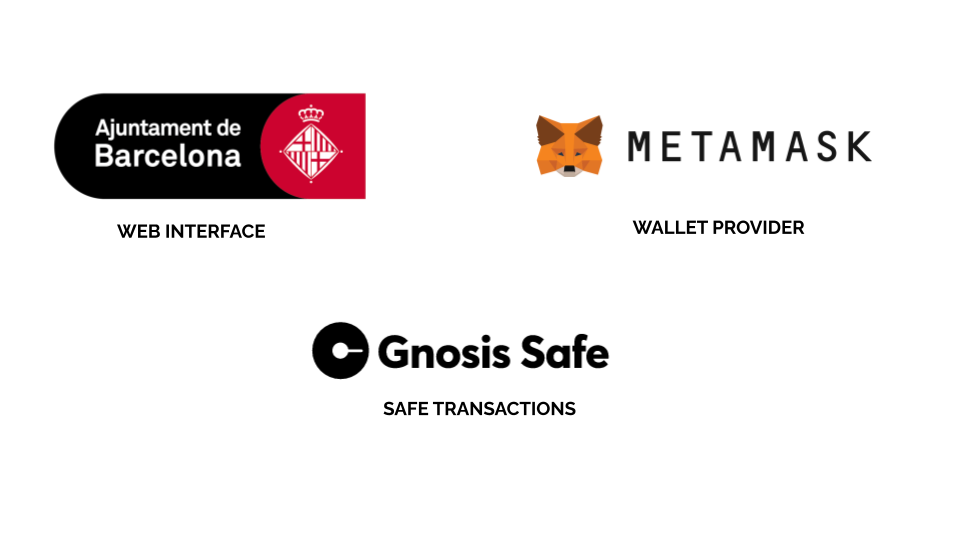
CRYPTOURBANOMICS SUMMARY
Concluding this work, the summary table of strategies below is presented, complementing the previously shown diagrams.
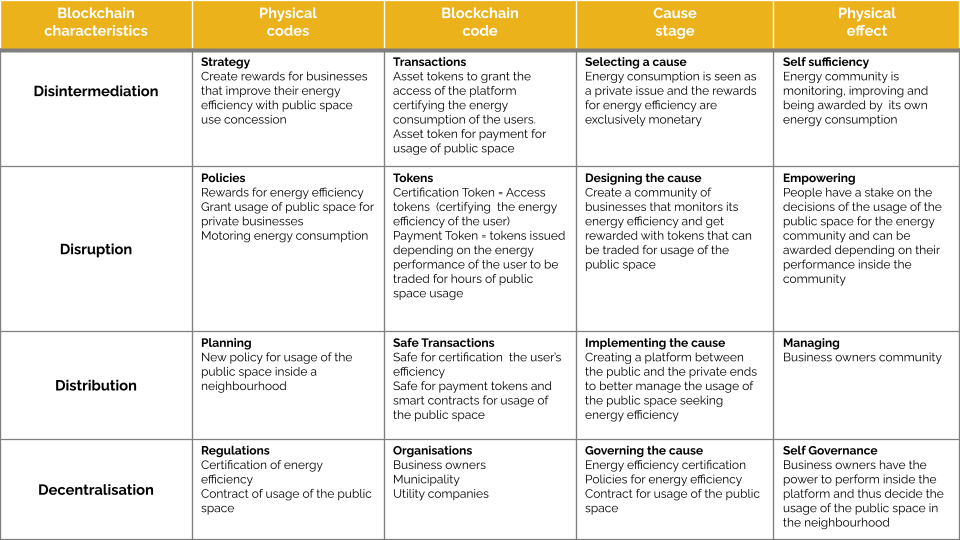
‘Superilla Energetica’ is a project of IAAC, Institute for Advanced Architecture of Catalonia developed in the Master in City & Technology 2021/22 by Students: Maria Augusta Kroetz and Robert Youssef. Faculty: Lluisa Marsal